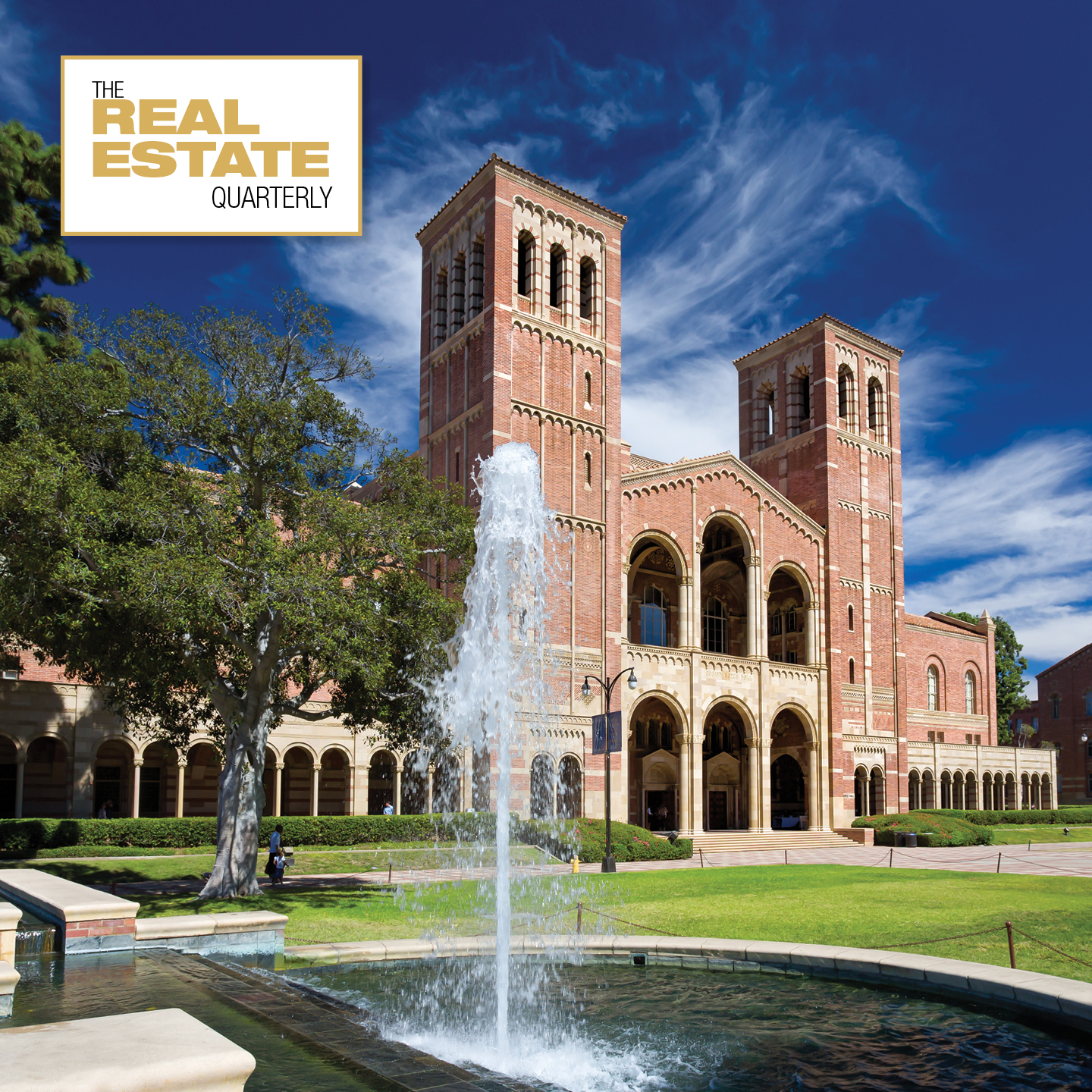U
niversities are emerging as active players in the real estate market, driven by their need to expand and meet growing demand from students. According to Stuart Gabriel, professor at UCLA Anderson School of Management, "universities need real estate to function" and as they grow, they require more space.
While University of California, Los Angeles (UCLA) has made headlines with its numerous acquisitions, other universities such as the University of Southern California (USC) and Arizona State University have also expanded their campuses in Los Angeles. Each university has its own unique story and rationale for expansion, but many are looking to increase their reach and economic capabilities.
Take UCLA, for example, which is the most attended university in California with 48,000 students enrolled in the 2023-2024 academic year. However, it has the smallest campus among the nine University of California schools, sitting on just 419 acres. To meet growing demand, UCLA has acquired several properties outside its Westwood campus, including a former mall for $700 million and an Art Deco building downtown for $40 million.
USC, meanwhile, has opened a campus in Washington D.C., called the USC Capital Campus, which offers students a study abroad experience with access to top fields such as politics, international relations, and communications. The school acquired the 60,000-square-foot building for $49.4 million and plans to expand its reach into new markets.
Smaller Los Angeles universities like Pepperdine University and Occidental College have also been active in expanding their campuses through real estate purchases. Arizona State University has made significant acquisitions in downtown Los Angeles, including a former Herald Examiner newspaper building and a 200,000-square-foot property from the Fashion Institute of Design & Merchandising.
Experts believe that this expansion is mutually beneficial, promoting healthy competition among universities and making education more accessible to broader communities. "Education leads to a much better society," said Mark Tarczynski, executive vice president at Colliers. "I think we're going to see a lot more competition amongst universities."
While some may view university expansion as competition, Arizona State University's President Michael Crow denies this, stating that the goal is to advance a national university and contribute to the community. Regardless of intentions, experts agree that universities are making positive impacts on their surrounding communities through community engagement, economic development, and increased safety.
As Los Angeles continues to grow and evolve, it will be interesting to see how these university expansions shape the city's landscape and foster a stronger sense of local identity.















